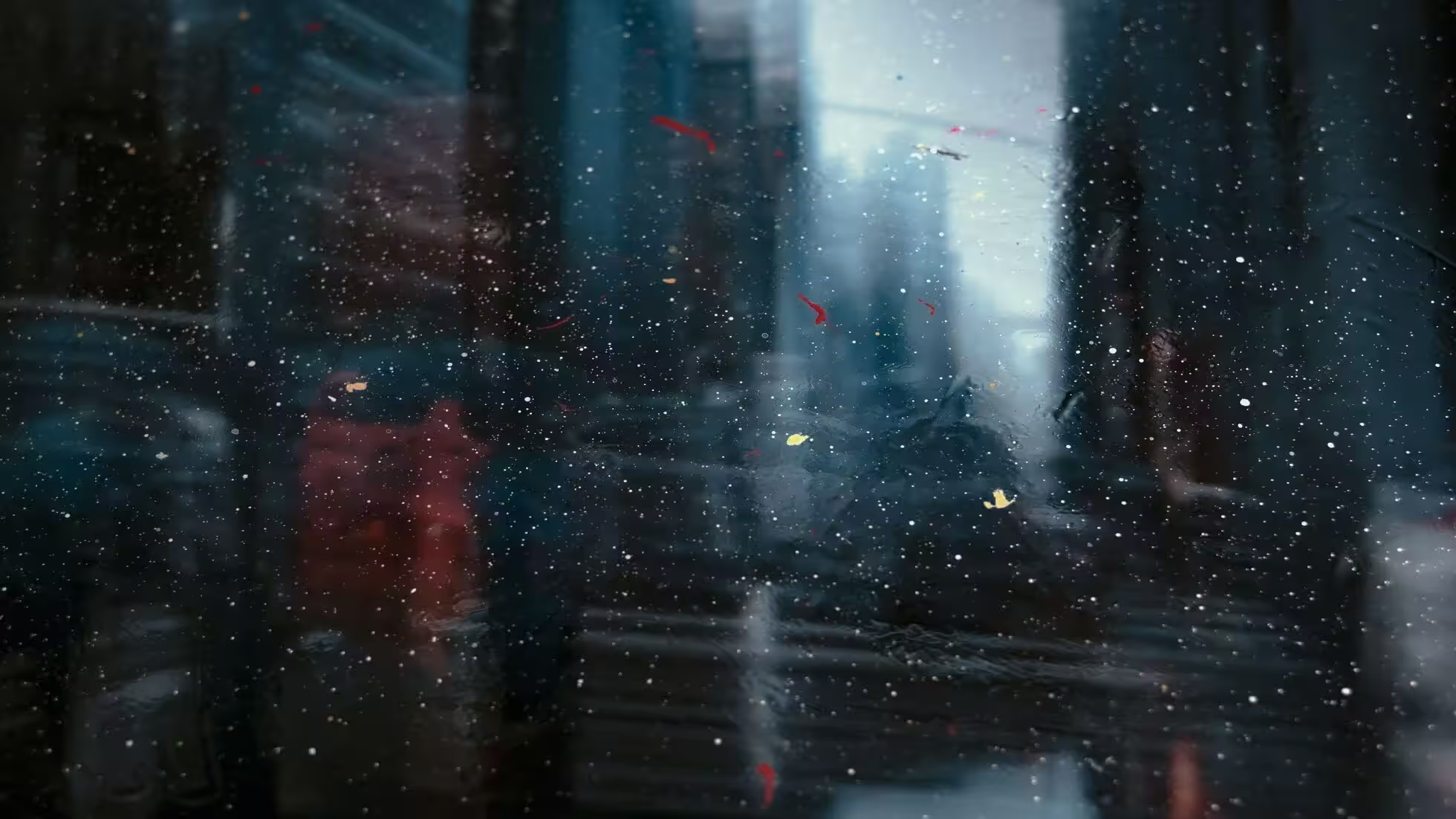Relentlessly Approaching the Essence of Problems

The book often rendered in Chinese as “Deep Thinking: Relentlessly Approaching the Essence of Problems” is Maureen Chiquet’s autobiographical account of rising from an entry‑level employee to global CEO of the luxury house Chanel. The title oversells the rigor; it’s not a sober manual of self‑management. But it does offer a look at how a fashion brand operates and how women can leverage distinct strengths to lead innovation in modern business.
Chiquet observes that “in an age of fragmented information and intense competition among elites, what decides outcomes isn’t the quantity of knowledge or degree of effort but the capacity for deep thinking; any blind diligence prior to deep thinking is bound to be thankless toil.” She does not, however, provide a systematic path or method for deep thinking.
Readers need to extract the how from asides embedded in her narrative, tracing her growth to piece together a practice of thinking deeply.
Boldly set aside prejudice. A beginner’s mind that welcomes all views is a prerequisite for deep thinking. The smaller the bias, the more insidious it can be. Let go of preconceptions, sit with discomfort, and step into others’ worlds — that’s the first step. Whatever your role and stage, cycles of learning and “unlearning” (forgetting what you know to learn anew) are inevitable.
Deconstruct the world. Meaning isn’t absolute, and words, peculiarly, have no inherent meaning; meaning comes from the words around them. In film, directors, actors, gaffers, and crews tell a story; audiences make their own sense of it. In literature, the reader constructs meaning from the text — the author is “killed” in the act of reading. In business, then, the point isn’t to analyze every detail to reach the “right answer,” nor to compare unit sales. The point is to observe and feel how customers interpret signs and symbols and to understand the countless ways visual cues shape perception. Listen to employees and colleagues; don’t try to control everything or impose your views. If leaders force their opinions on a team, the team will either silently resist, loudly reject, or blindly obey. High performers stand in the shoes of customers, teammates, reports, partners, and the value chain. They recognize that their own view is never final truth; it evolves as the world does. As Stephen R. Covey counseled, manage by empowerment rather than command.
Let real passion make you better. Breaking constraints is for doing more important, practical things. Transcending limits, returning to your true self, and seeking usefulness is foundational. In any job, aim at the outcome you want — don’t start by finding reasons to fail. Sometimes you must take the first step with no plan, follow your gut, and ride the current. When in doubt, just get on the bus.
To build a brand, know your customers, the market, and competitors. Grasp the business from the ground up. To sell a product, you must experience where it’s sold, how it’s sold, and to whom. Only by understanding place and people can you design the message and packaging, and speak the customer’s language instead of reciting deadpan marketing jargon.
Shooting an ad is the process of turning a value proposition into a campaign.
Musicians know their instruments, scores, and technique — but the magic is in improvisation, when players’ push‑pull brings the room into a new world. In a sense, great marketers are like improvisers. You must learn the rules and read the “score” before you can improvise the refrain. Ultimately, the improvisation you conceive matters most. Ask customers what they want and you’ll get predictable answers (what they already expect). Ask what they truly desire and they may not know. So outstanding product messages should be unexpected, attention‑grabbing, emotionally resonant. If you only memorize the score, you can hit the notes — but will anyone remember your melody? Creativity depends on patience, persistence, and practice, but also on willingness to take risks. Improvisation requires sensing where the future points and letting inner resonance flow so you can express yourself sincerely. Yet many leaders are uneasy with unorthodox moves. Risk‑averse and short‑sighted, they prefer safe, reasonable bets — and inadvertently smother innovation.
Find new angles, new visions, new sparks. As marketers, we excel at logic and rational language — we must explain strategy, justify choices, and secure approvals. But that can trap us in a single way of seeing; we presume to know what customers want. We should be cautious about our desired outcomes. Data and research matter, but your felt sense for the product often drives conviction and yields surprises. When we rigidly bound marketing in frameworks and over‑index on rational analysis, we lose precious emotional intelligence.
Deep thinking matters more than diligence. Adversity and unease are often our best teachers; they push us back to what we care about. When unsure, asking the right people saves time and tears. However small my role, I can still have impact. Everything I learn — even tiny details — builds my capability and confidence to claim agency and choose boldly when needed. You can learn from any boss, however harsh; and if they’re hopeless, you can still learn what bad leadership looks like. If you open your eyes and are willing to reframe what you see, you’ll find infinite resources waiting to be tapped.
To succeed in work and life, practice the art of listening — not occasionally but continually, to all stakeholders. Learn to inspire others so they surface better solutions than yours. When people feel a degree of autonomy, they work harder and aim higher.
- While listening, balance it with leading. If you heed others so much that you can’t hear your own voice, you drift from goals and values and forfeit leadership. Be firm in your stance and remain sincere. Leadership is a complex, deeply human craft. Real authority lies in both caring for others’ needs and setting clear conditions and goals for the work. Initiative and awareness. We begin from the “inner,” then observe ourselves and reflect on how to lead the “outer” world; finally we see team, business, and world as interlinked. Creativity often springs from paradox — combining seemingly opposite ideas, qualities, designs, or objects to discover surprising beauty. Embrace your paradoxes and re‑examine what you’ve learned to know yourself better, develop a strong point of view, and leave a mark. Curiosity and flexibility. Every great leader must cultivate both.
Published at: Sep 17, 2025 · Modified at: Dec 11, 2025


